Last week I shared that rough and tumble play is not challenging behavior per se…
…though, because many early childhood programs forbid this type of play, teachers often relate to it as challenging behavior and then, when we try to stop it, it can escalate to actual challenging behavior.
So, what to do?
First, if you’re going to remind children that it’s not permitted in your classroom make sure to do it in a way that’s neutral and not shaming. But, just as important…
…every early childhood educator has - in my opinion - an obligation to understand that like most forms of play, rough and tumble play is actually a great way for children to learn to self-regulate.
Did you know?
You may have book knowledge on this…maybe intuitively you knew…or this info may surprise you.
No matter where you are in your knowledge of rough and tumble play I urge you to take just 4 minutes out of your day to watch this video with author (and former TCB Online Conference speaker) Mike Huber on rough and tumble play.
Here are 9 things Mike shares in the video:
How you can use Rough and Tumble to discuss how we take care of each other
Kids need to move in order to learn and should really be moving most of the day! (Yikes! No wonder we're seeing so much challenging behavior!)
What to do when a peer says you're doing something that hurts (this, of course, has applications for other activities)
Wrestling and rough housing as benefits for emotional development and self-regulation
Allowing for quiet times…but also the loud ones: Mike says THAT’s how we get kids to sit quietly and listen to a book. (!!!!!!)
Children are learning where their bodies begin and end - rough and tumble helps with this.
Children’s brains make neural connections during any kind of gross motor play.
Many children have trouble breathing slowly to calm down…breathing fast first makes it easier!
We want children to stay in low/medium arousal but that’s not how young children work! We need to give them time and space in “high arousal” activities like rough and tumble or other gross motor play.
Got a few minutes?
Don’t take my word for it, take a couple of minutes to watch this video with Mike for yourself:
https://www.youtube.com/watch?v=yvuVvEKJeEM
Then, take one minute to tell me what you learned, what you already knew, and what you think in the comments below!
If you enjoyed that 2-min clip of my interview with Mike…You can now watch the full version of Rough and Tumble Play with Mike Huber FOR FREE!

